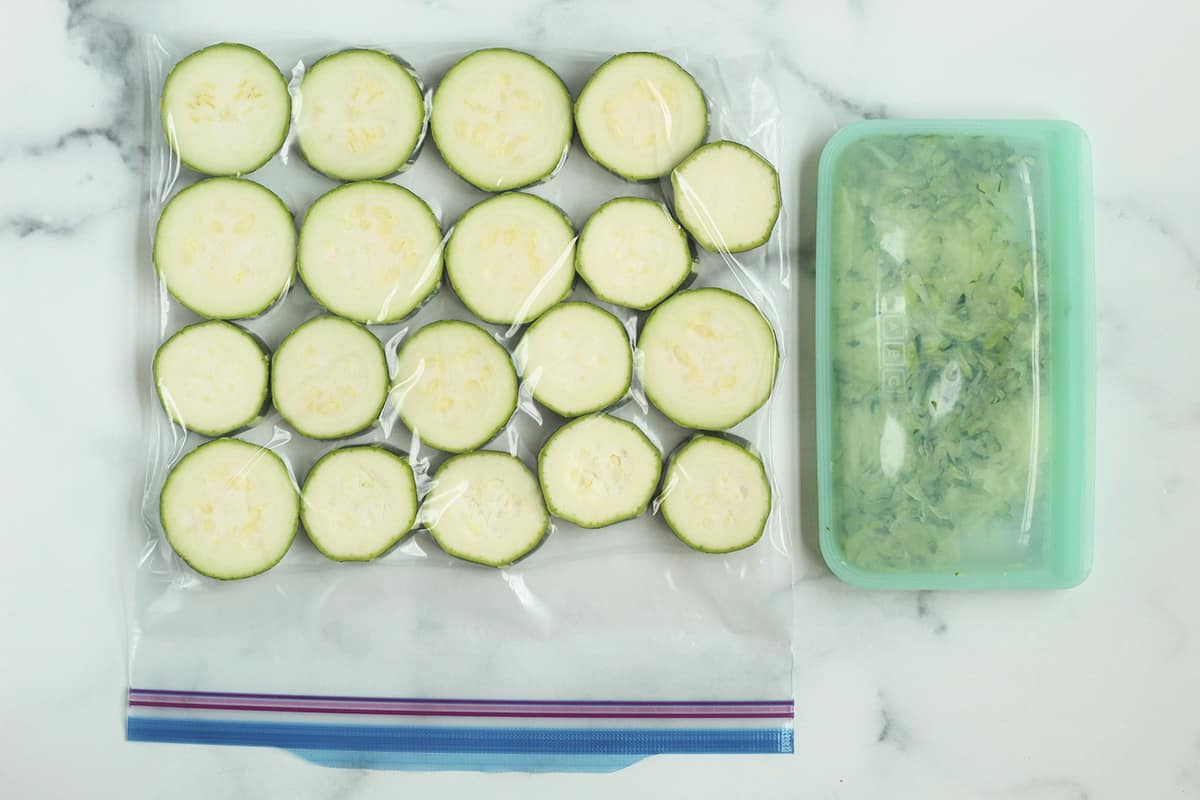

Articles
How To Store Cut Zucchini In The Fridge
Modified: August 16, 2024
Discover the best method for storing cut zucchini in the fridge with this informative article. Keep your zucchini fresh and flavorful for longer!
(Many of the links in this article redirect to a specific reviewed product. Your purchase of these products through affiliate links helps to generate commission for Storables.com, at no extra cost. Learn more)
Introduction
When it comes to storing cut zucchini in the fridge, knowing the right techniques can make a significant difference in maintaining its freshness and flavor. Zucchini is a versatile and nutritious vegetable that can be used in a variety of dishes, from salads to stir-fries, but improper storage can result in it becoming mushy and unappetizing.
In this article, we will guide you through the step-by-step process of storing cut zucchini in the fridge to keep it fresh and ready for your next culinary creation. Whether you have freshly harvested zucchini from your garden or leftovers from a delicious meal, these tips will help you extend its shelf life and make the most of this delicious vegetable.
By following our simple instructions and utilizing the right storage techniques, you can prevent your cut zucchini from spoiling prematurely and enjoy its crispness and tender texture for longer periods.
So let’s dive into the details and learn how to store cut zucchini in the fridge to ensure maximum freshness and flavor!
Key Takeaways:
- Store cut zucchini in airtight containers with minimal moisture and seasoning to maintain freshness. Properly seal and refrigerate to prevent spoilage and enjoy its crispness for longer.
- Regularly check and discard spoiled pieces, and use within 3-4 days for optimal taste and texture. Follow these steps to reduce food waste and enjoy fresh cut zucchini in your favorite dishes.
Read more: How To Store Zucchini In Fridge
Step 1: Preparing the Cut Zucchini
Before you can store cut zucchini in the fridge, it’s essential to prepare the vegetable properly to maintain its quality. This involves gathering the necessary tools and ingredients, washing and drying the zucchini, and cutting it into your desired shapes and sizes.
To begin, gather a sharp knife, cutting board, and a clean container or bowl to hold the cut zucchini. Having these tools readily available will make the preparation process more efficient.
The next step is to wash the zucchini thoroughly. This helps remove any dirt or residue on the skin that could affect the taste and quality of the vegetable. Rinse the zucchini under cold running water, gently scrubbing the surface to ensure all the dirt is removed.
Once the zucchini is clean, pat it dry with a paper towel or cloth. This will help remove excess moisture, preventing the zucchini from becoming soggy when stored in the fridge.
Now, it’s time to cut the zucchini into your desired shapes and sizes. You can slice it into rounds, cut it into sticks, or dice it into cubes, depending on how you plan to use it later. It’s important to note that the size and thickness of the cuts will influence the cooking time and texture of the zucchini, so choose accordingly.
Ensure that the cuts are uniform to ensure even cooking. This is especially crucial when using zucchini in recipes that require even cooking or presentation, such as stir-fries or salads.
Remember, the goal is to prepare the zucchini for storage, so take your time and make clean cuts. This will not only make the storage process easier but will also ensure that the zucchini maintains its shape and texture when you’re ready to use it.
Now that your zucchini is prepared, it’s time to move on to the next step and learn how to store it properly in the fridge.
Step 2: Storing the Cut Zucchini
Once you have prepared the cut zucchini, the next step is to store it properly to maintain its freshness and quality. This involves selecting the appropriate storage container, placing the cut zucchini into the container, and considering the addition of any necessary moisture or seasoning.
When selecting a storage container for your cut zucchini, opt for airtight containers or resealable plastic bags. These containers will help prevent air exposure, which can lead to accelerated spoilage.
If you choose to use plastic bags, make sure they are food-grade and free from any punctures or holes. A Ziploc bag or vacuum-sealed bag can work well for storing cut zucchini, as they offer airtight seals.
Before placing the cut zucchini into the container, it is important to consider adding any necessary moisture or seasoning. This step is optional but can help enhance the flavor and texture of the zucchini.
If you prefer your zucchini to be more moist, you can drizzle a small amount of water over the cut pieces before sealing the container. This can help prevent the zucchini from drying out in the fridge.
Additionally, if you want to infuse some flavor into the zucchini, you can add a sprinkle of salt, pepper, or your favorite herbs and spices. This will allow the zucchini to absorb the flavors while it sits in the refrigerator.
Remember, the moisture and seasoning additions should be minimal to avoid making the zucchini too wet or overpowering the natural flavor of the vegetable.
Once you have added any desired moisture or seasoning, carefully place the cut zucchini into the storage container, ensuring that the pieces are arranged in a single layer. This will help maintain their shape and prevent them from sticking together.
Now that the cut zucchini is neatly stored in the container, it’s time to move on to the next step and learn how to properly seal the container to ensure maximum freshness.
Step 3: Properly Sealing the Container
Properly sealing the container is crucial in preserving the freshness and flavor of the cut zucchini. This step involves utilizing plastic wrap or aluminum foil, using airtight containers or zip-lock bags, and labeling and dating the container for easy identification.
If you prefer to use plastic wrap or aluminum foil to seal the storage container, make sure to tightly cover the container, leaving no gaps for air to enter. This method is particularly useful when using bowls or plates as a container. Wrapping the container in plastic wrap or foil will provide an added layer of protection against moisture and air exposure.
Alternatively, you can opt for airtight containers or resealable zip-lock bags. These containers are specifically designed to keep food fresh for extended periods. Place the cut zucchini into the container and securely seal it to ensure no air can enter or escape. Airtight containers are ideal for storing the zucchini as they maintain the desired moisture level and prevent the absorption of odors from other foods in the fridge.
It is also important to label and date the container before storing it in the fridge. Use a marker or label to write the contents and the date of preparation. This will help you keep track of the zucchini’s freshness and ensure you use it within the recommended timeframes. It’s best to consume the cut zucchini within 3-4 days to maintain its optimal quality and taste.
Proper labeling also helps prevent confusion, especially if you have multiple containers with different types of vegetables in the fridge.
By properly sealing the container, you create a protective barrier that prevents moisture loss and limits exposure to air, helping to maintain the freshness and quality of the cut zucchini.
Now that the container is securely sealed, it’s time to move on to the next step and learn how to refrigerate the cut zucchini correctly.
To store cut zucchini in the fridge, place it in an airtight container or resealable bag with a paper towel to absorb excess moisture. It will stay fresh for up to 4 days.
Step 4: Refrigerating the Cut Zucchini
Now that the cut zucchini is properly sealed in its container, it’s time to move on to refrigerating it to ensure maximum freshness and longevity. This step involves choosing the ideal refrigerator temperature, placing the container in the refrigerator, and avoiding specific refrigerator zones.
The first thing to consider is the ideal refrigerator temperature. It’s important to set your refrigerator temperature to around 40°F (4°C) or slightly below. This temperature range helps slow down the spoilage process and keeps the zucchini fresh for a longer period.
Next, find a suitable spot in your refrigerator to place the container of cut zucchini. The best location is typically on one of the refrigerator shelves, away from the door. This area maintains a more consistent temperature, avoiding temperature fluctuations that can affect the quality of the zucchini.
Avoid placing the container near the back of the refrigerator where the temperature tends to be colder, as this can potentially freeze the zucchini, resulting in a mushy texture when thawed.
Additionally, it’s essential to keep the cut zucchini away from certain refrigerator zones. Avoid storing it near fruits, especially those that release ethylene gas, such as apples and bananas. Ethylene gas can accelerate the ripening process of the zucchini and cause it to spoil more quickly.
While it’s important to avoid specific zones and store the cut zucchini away from potential sources of ethylene gas, it’s equally important to keep it away from raw meats and seafood to prevent cross-contamination and ensure food safety.
With the cut zucchini securely placed in the refrigerator, it’s time to move on to the final step and learn how to check and maintain its quality throughout storage.
Read more: How To Store A Cut Zucchini
Step 5: Checking and Maintaining the Cut Zucchini
Once the cut zucchini is refrigerated, it’s important to periodically inspect it for freshness and ensure it remains in optimal condition. This step involves regularly checking the zucchini, discarding any spoiled or mushy pieces, and properly using the cut zucchini within the recommended timeframes.
To maintain the quality of the cut zucchini, it’s advisable to check on it every couple of days. This allows you to detect any signs of spoilage or deterioration early on. Look for any changes in color, texture, or unpleasant odors that may indicate the zucchini is no longer fresh.
If you notice any pieces that appear spoiled, mushy, or have a foul odor, it’s essential to discard them immediately. Removing spoiled portions helps prevent further spoilage and ensures that the remaining zucchini stays fresh and safe to consume.
It’s also crucial to use the cut zucchini within the recommended timeframes to maintain its quality. Generally, it’s best to consume the cut zucchini within 3-4 days of refrigerating it. After this period, the zucchini may start to lose its freshness and texture.
When using the cut zucchini, be mindful of the order in which you use it. Try to use the older pieces first to prevent any wastage. Utilizing the cut zucchini in a timely manner ensures you enjoy its optimal taste and texture.
Remember, proper storage and maintenance are key to keeping the cut zucchini fresh and delicious for as long as possible. By periodically inspecting the zucchini, discarding any spoiled pieces, and using it within the recommended timeframes, you can make the most of your cut zucchini and avoid any potential food waste.
Now that you know how to check and maintain the cut zucchini, you’re ready to enjoy its wonderful flavors in your favorite recipes!
Conclusion
Storing cut zucchini in the fridge doesn’t have to be a daunting task. By following the steps outlined in this article, you can ensure that your cut zucchini stays fresh, flavorful, and ready for use in your favorite dishes.
From preparing the cut zucchini and selecting the right storage container to properly sealing and refrigerating it, each step plays a crucial role in maintaining the quality of the vegetable.
Remember to gather the necessary tools and ingredients, wash and dry the zucchini, and cut it into your desired shapes and sizes. Then, choose the appropriate storage container, add any desired moisture or seasoning, and ensure the container is properly sealed.
When refrigerating the cut zucchini, be mindful of the ideal refrigerator temperature and choose a suitable spot in the fridge. Avoid storing the zucchini near ethylene-producing fruits and raw meats or seafood to prevent cross-contamination.
Throughout the storage period, regularly check the zucchini for freshness, discarding any spoiled or mushy pieces promptly to maintain the quality of the remaining zucchini. Use the cut zucchini within the recommended timeframes to enjoy it at its best.
By following these guidelines, you can extend the shelf life of cut zucchini and reduce food waste. So, the next time you have excess zucchini or want to prep ahead for meals, you can confidently store the cut pieces in the fridge, knowing that they will stay fresh and ready to use.
Enjoy the convenience and versatility of having cut zucchini on hand for your cooking needs. Make delicious stir-fries, salads, roasted vegetables, and more, knowing that your cut zucchini is of optimal quality.
Now it’s time to put these storage techniques into practice and embark on your culinary adventures with perfectly stored cut zucchini!
Frequently Asked Questions about How To Store Cut Zucchini In The Fridge
Was this page helpful?
At Storables.com, we guarantee accurate and reliable information. Our content, validated by Expert Board Contributors, is crafted following stringent Editorial Policies. We're committed to providing you with well-researched, expert-backed insights for all your informational needs.
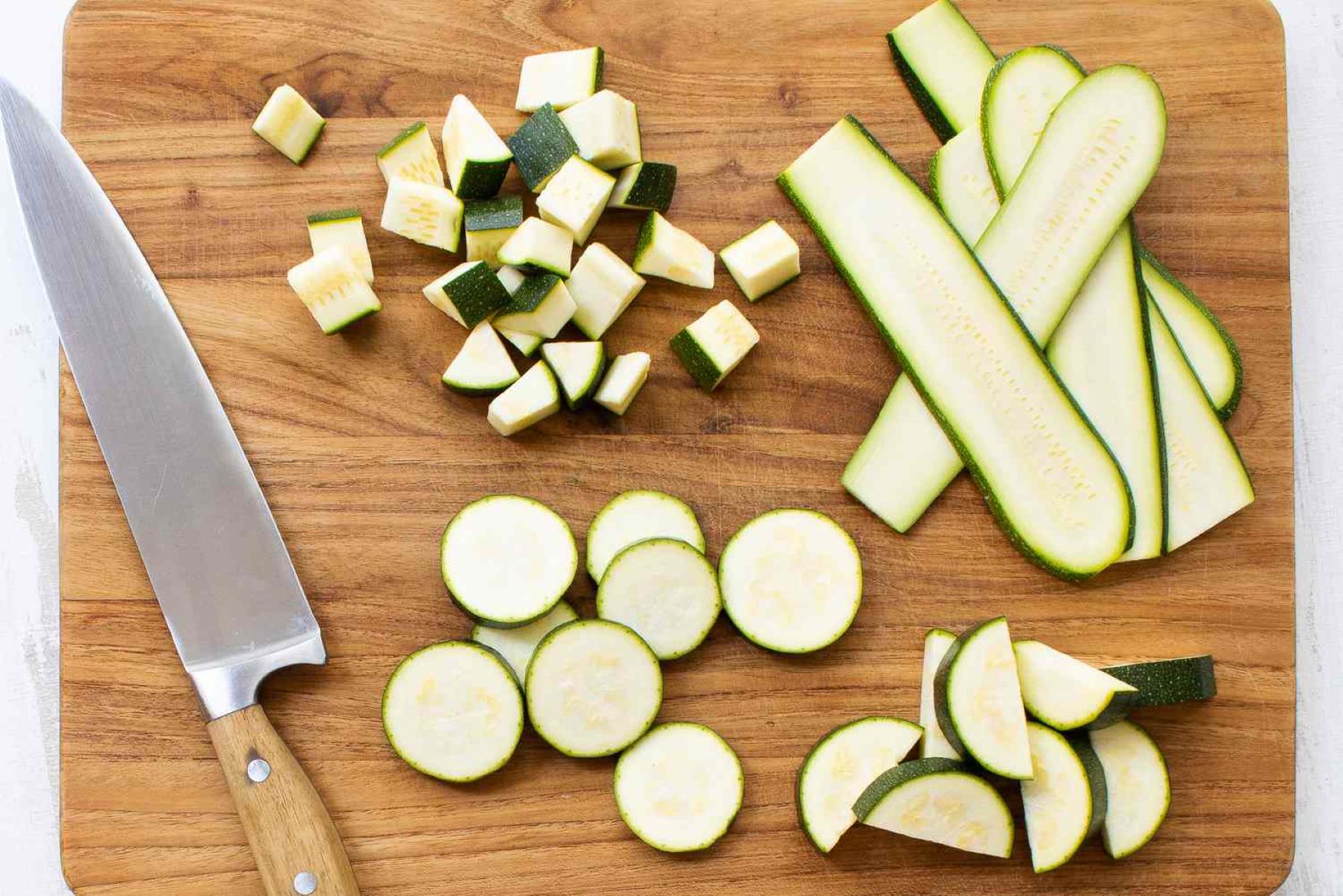


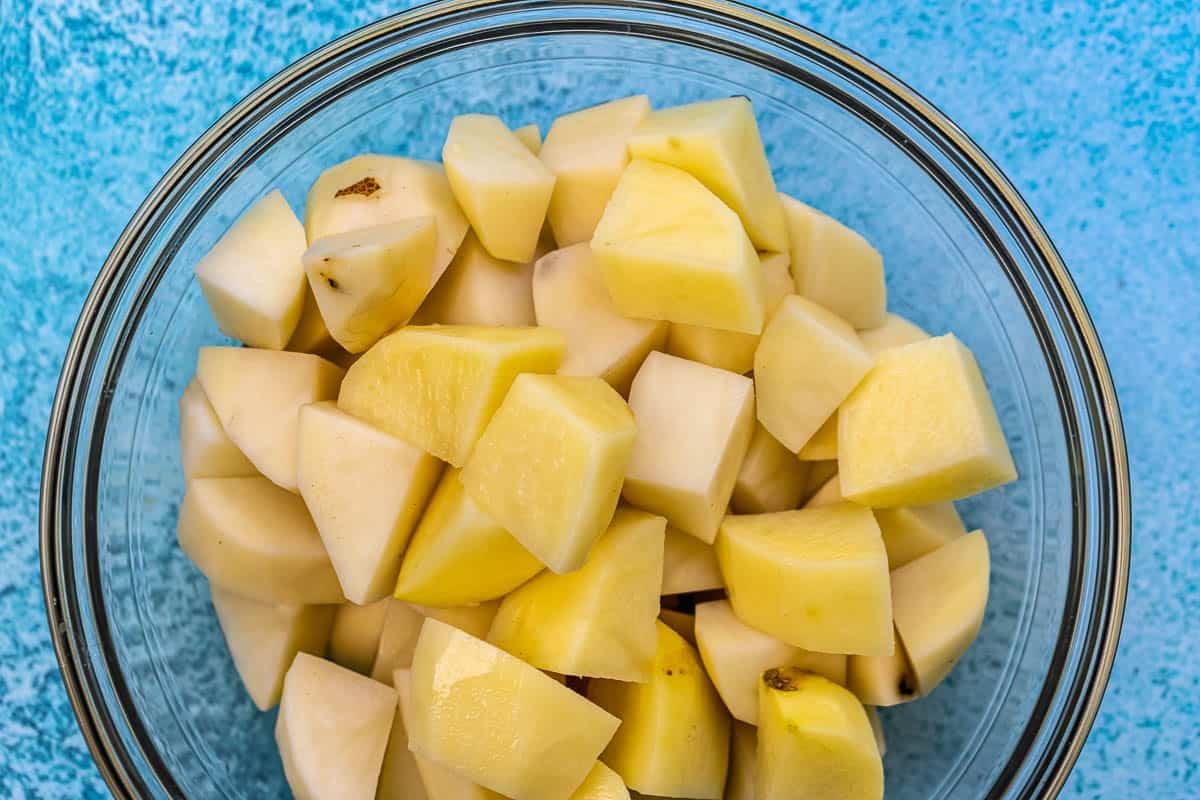
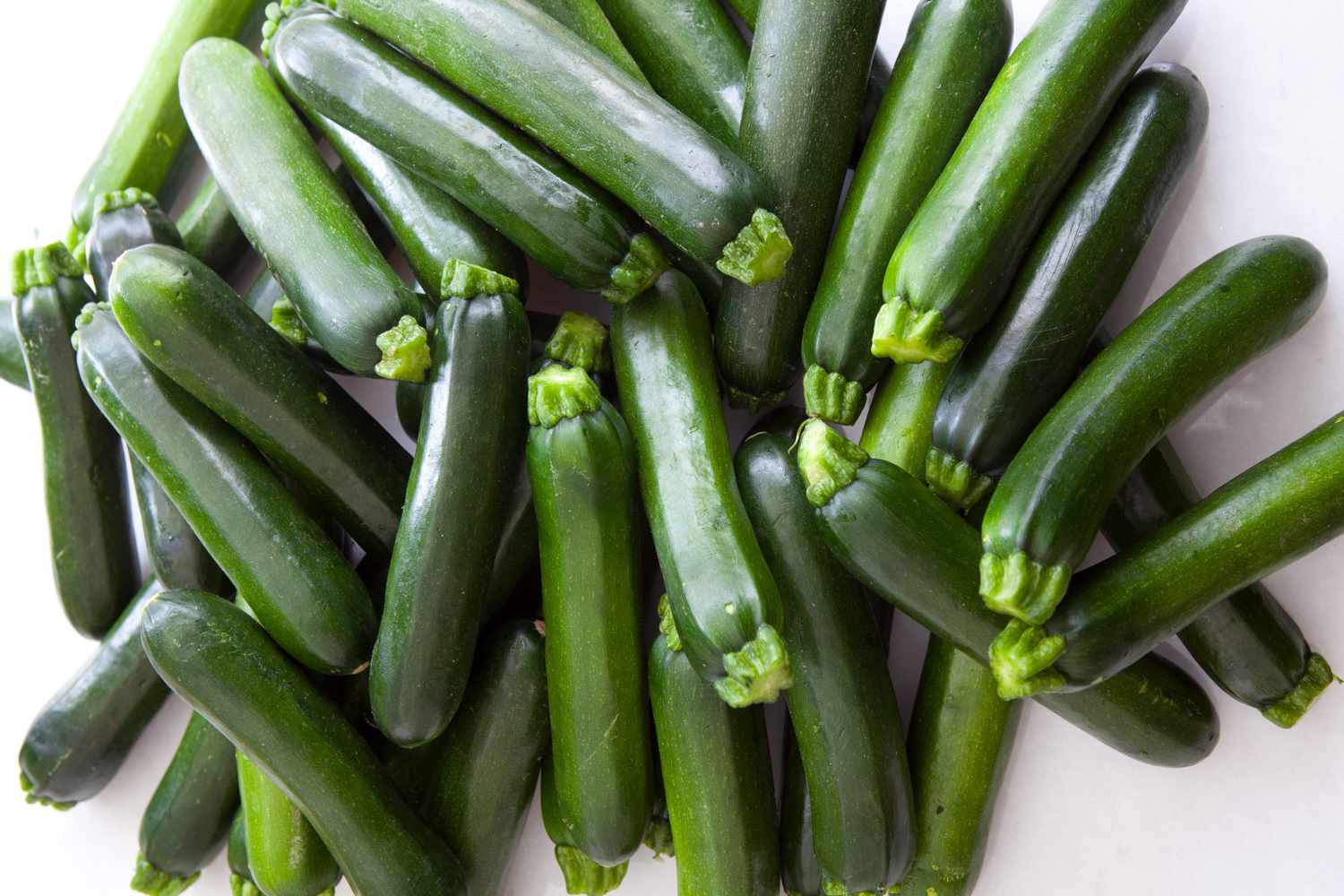
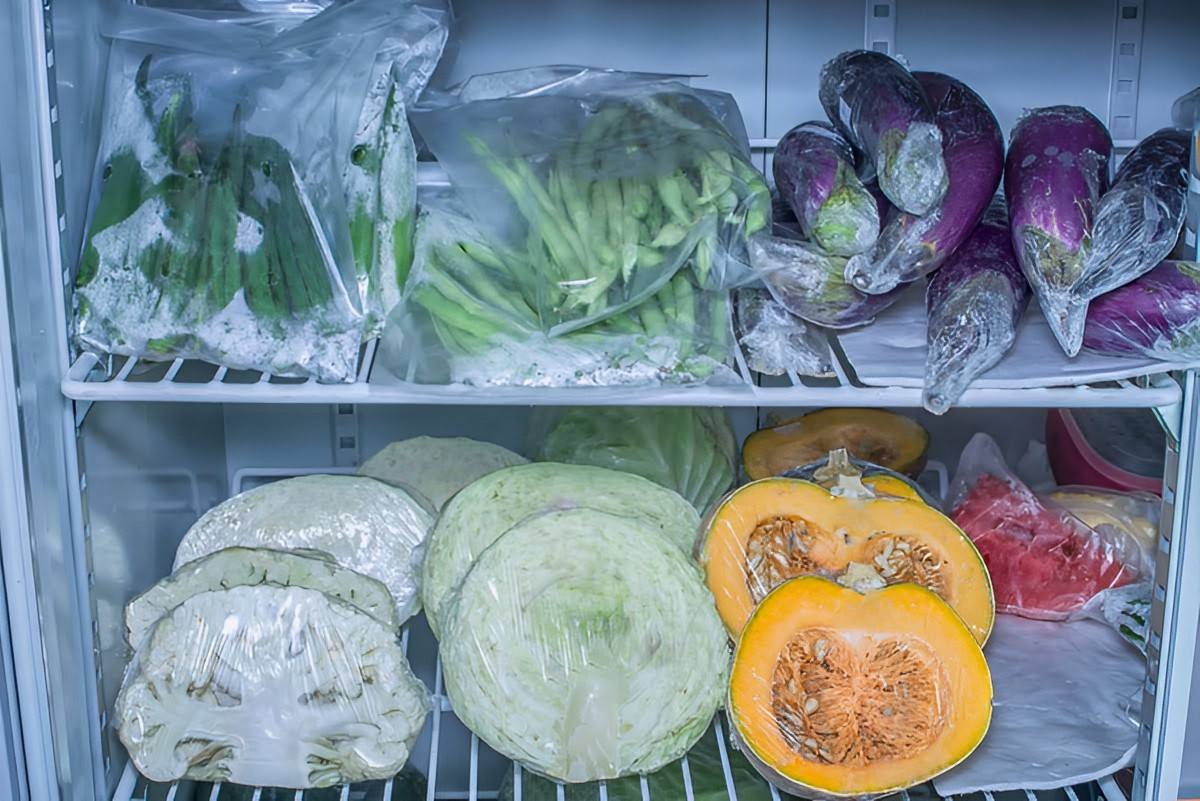
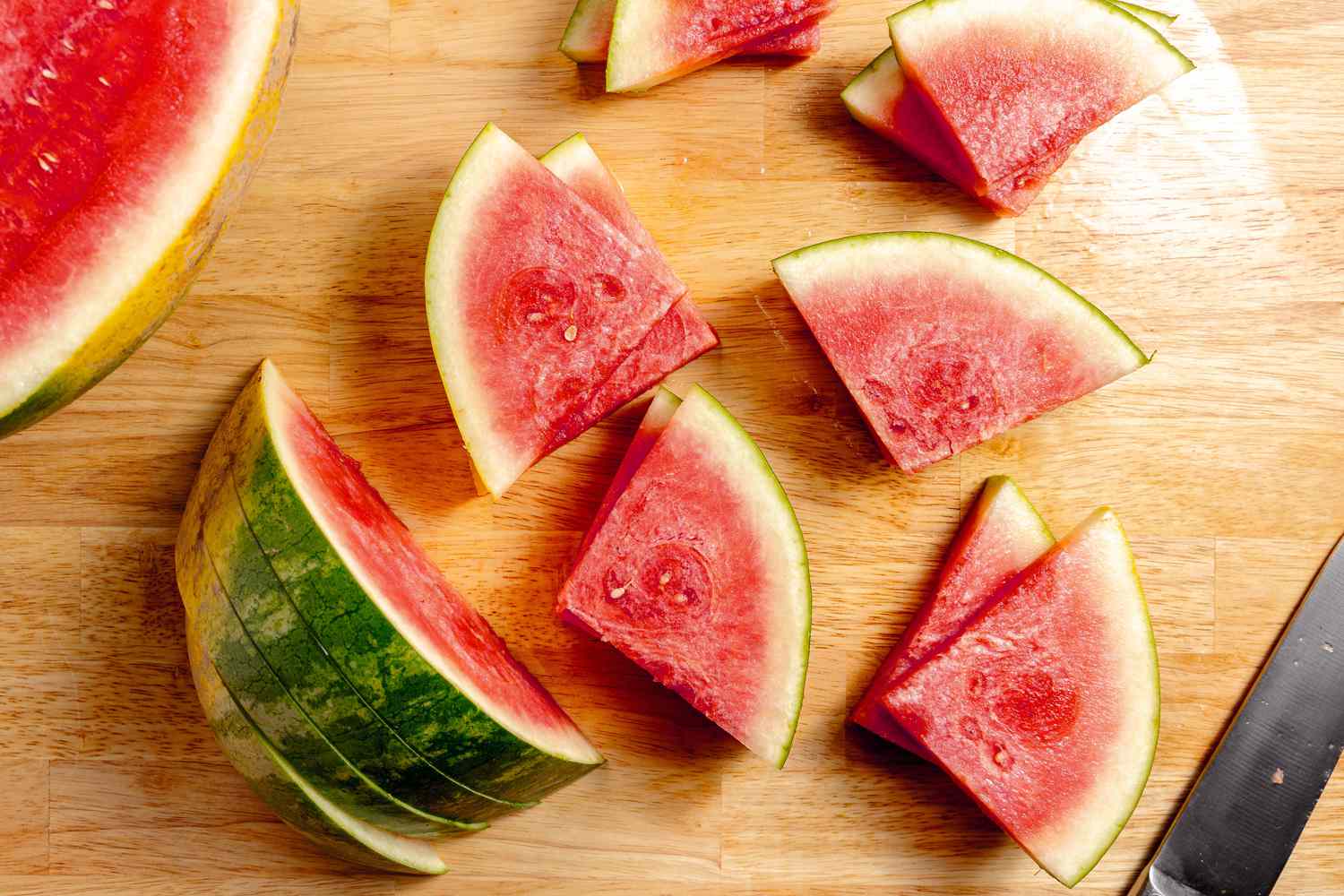
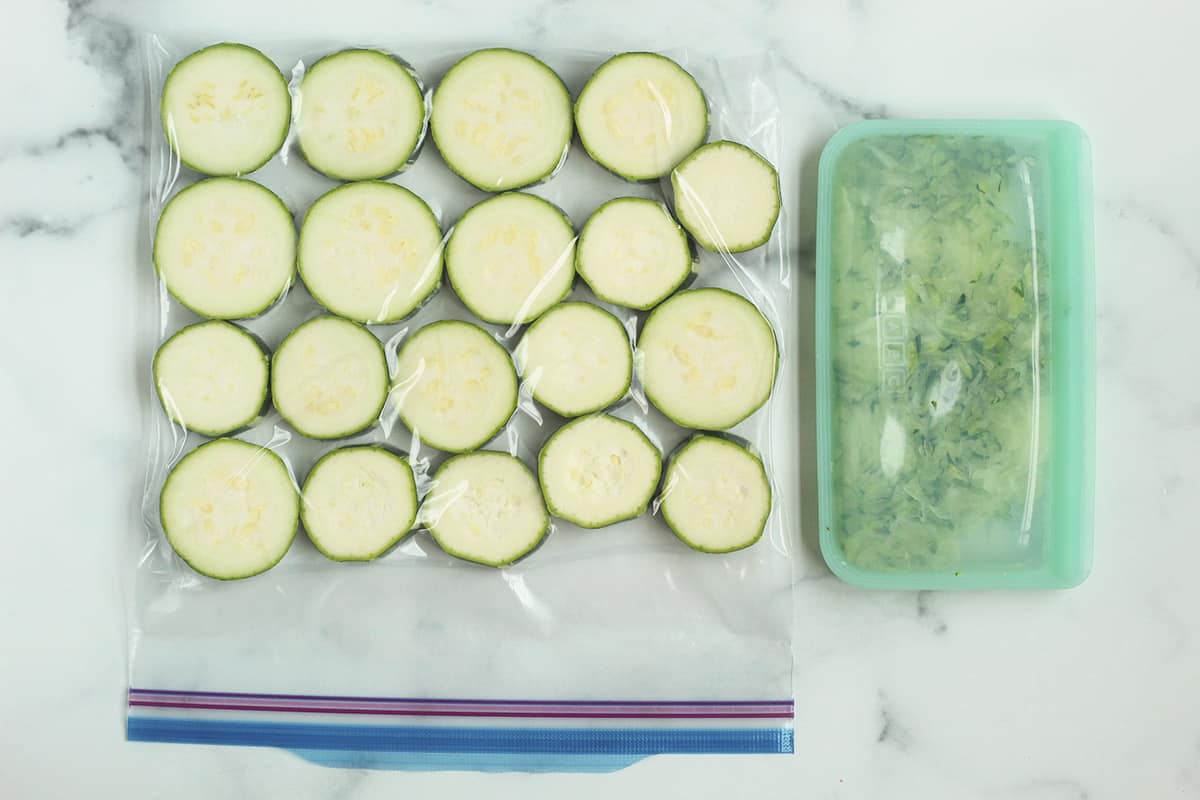
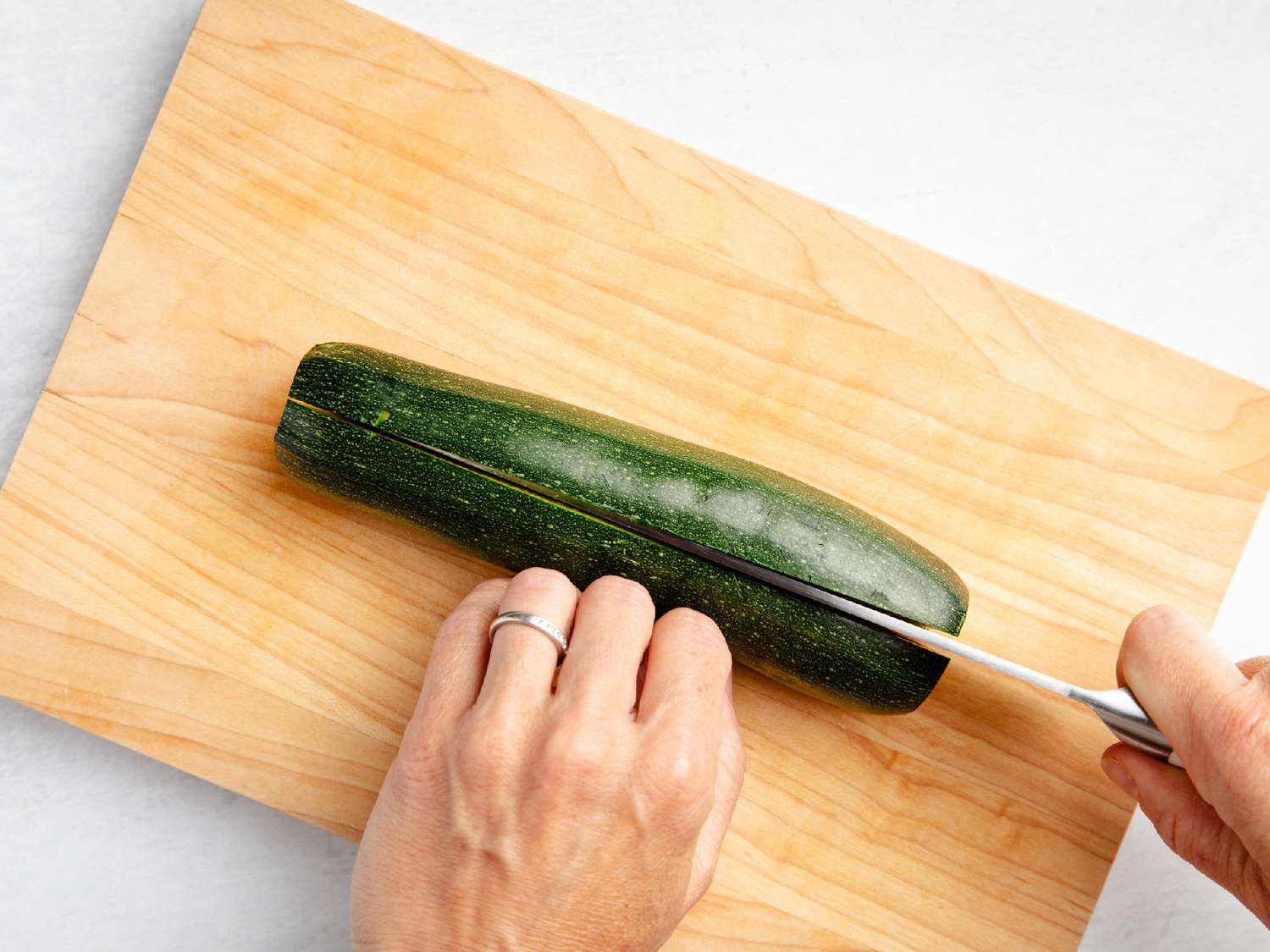
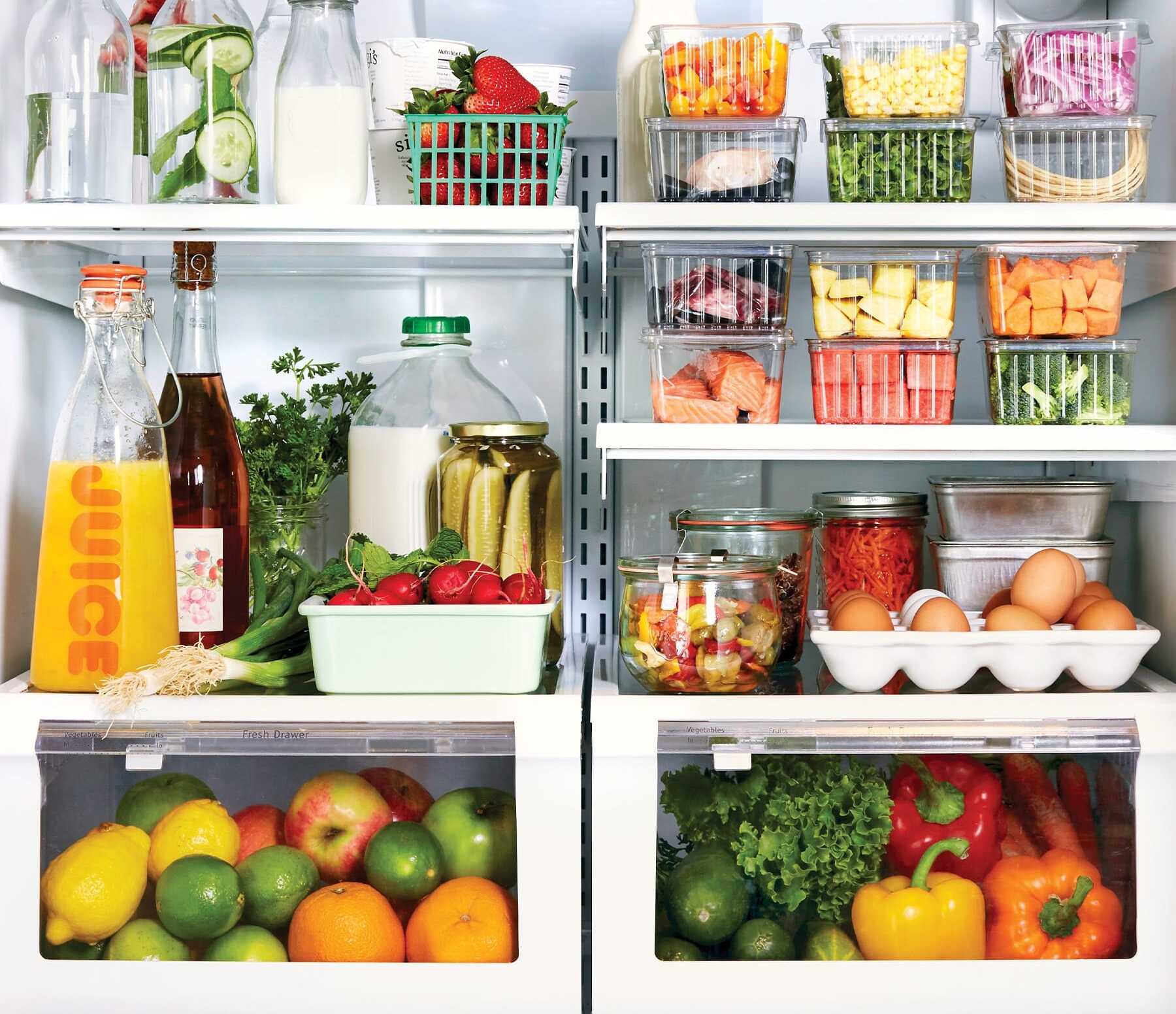
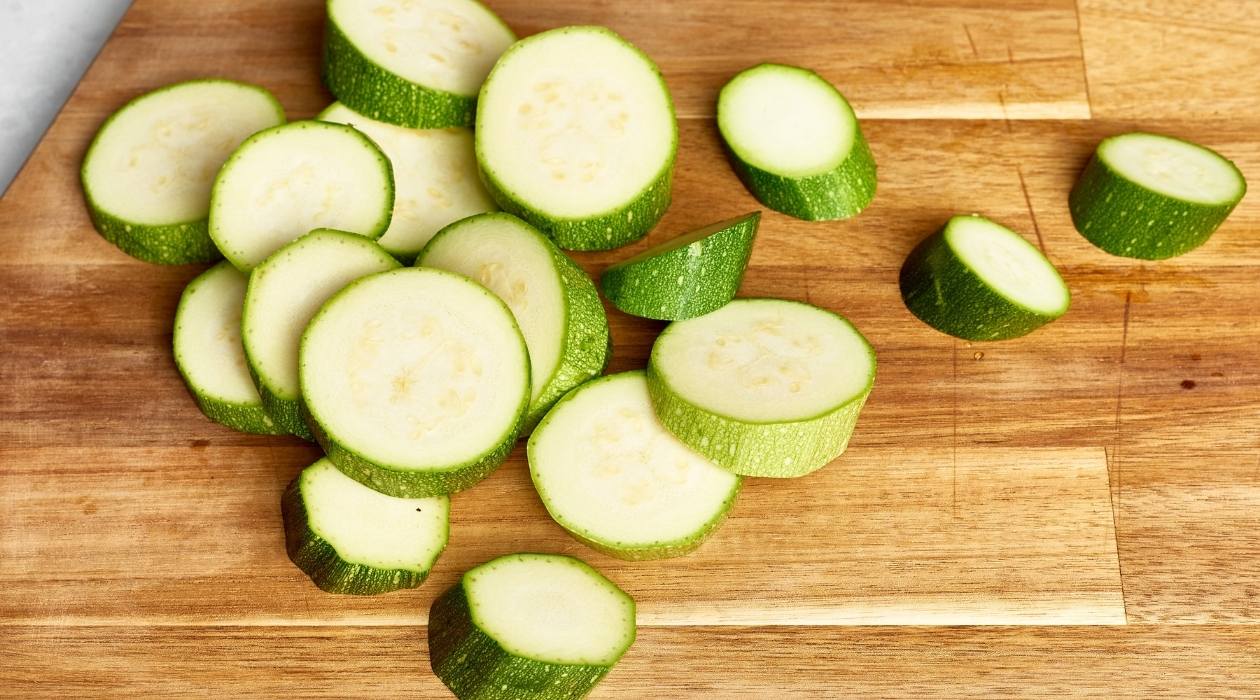

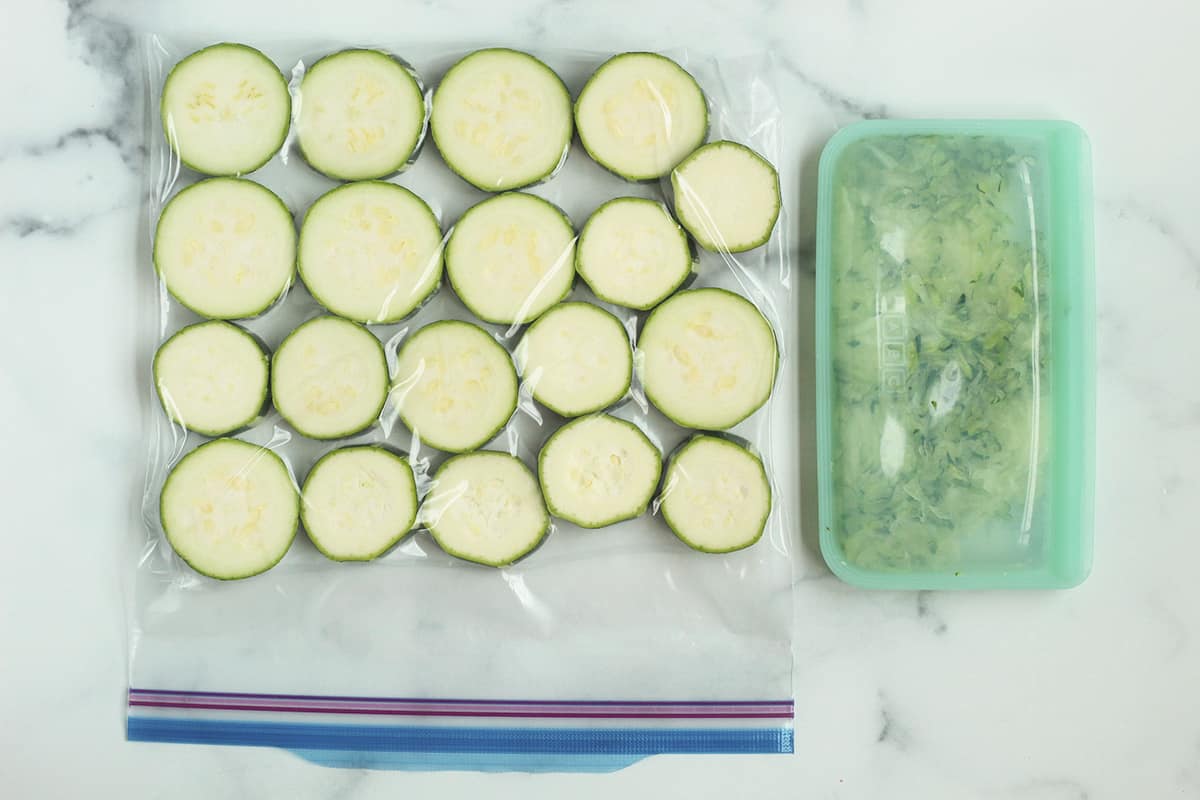
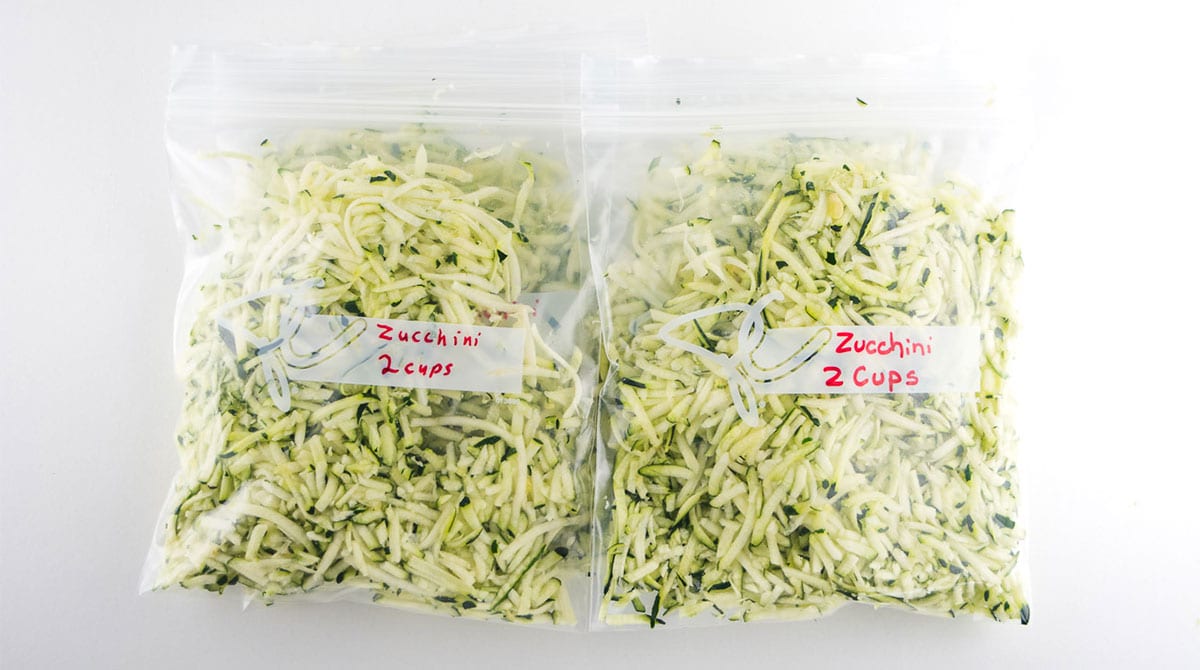

0 thoughts on “How To Store Cut Zucchini In The Fridge”